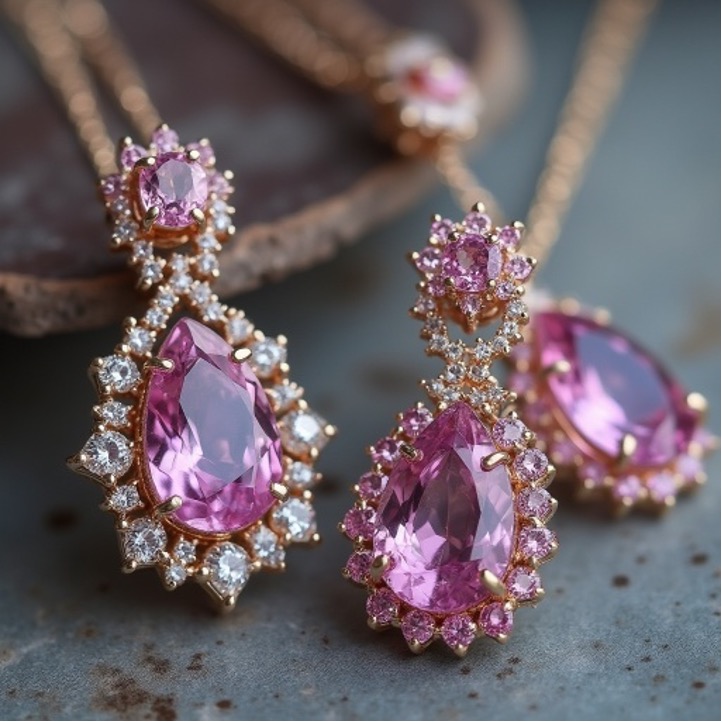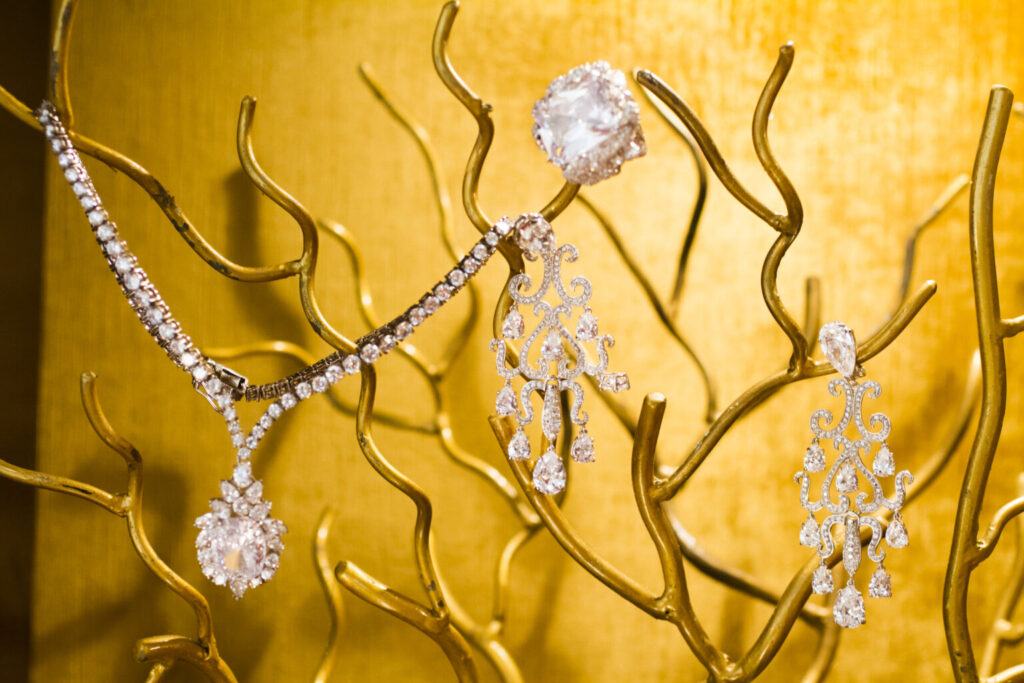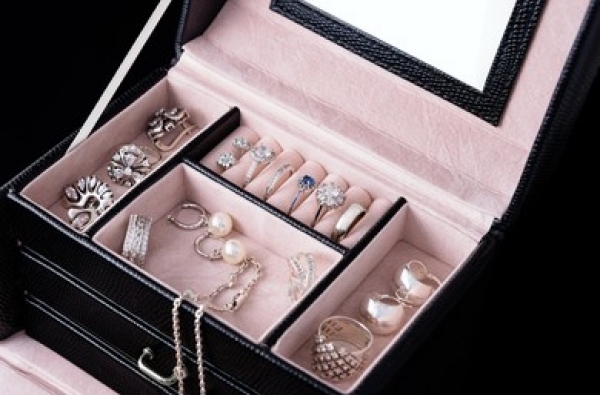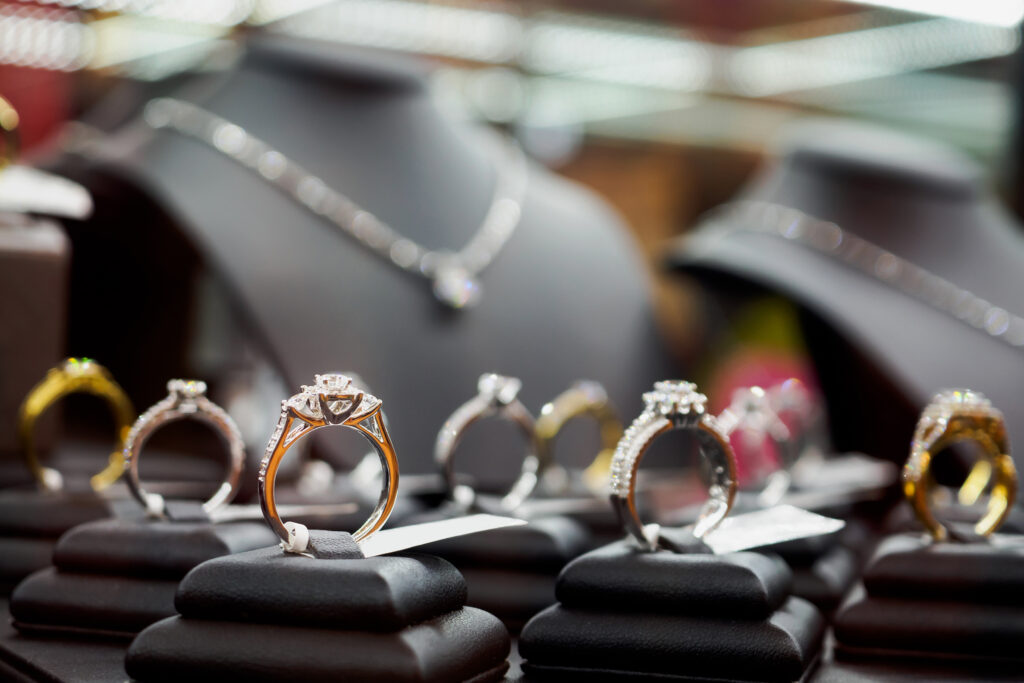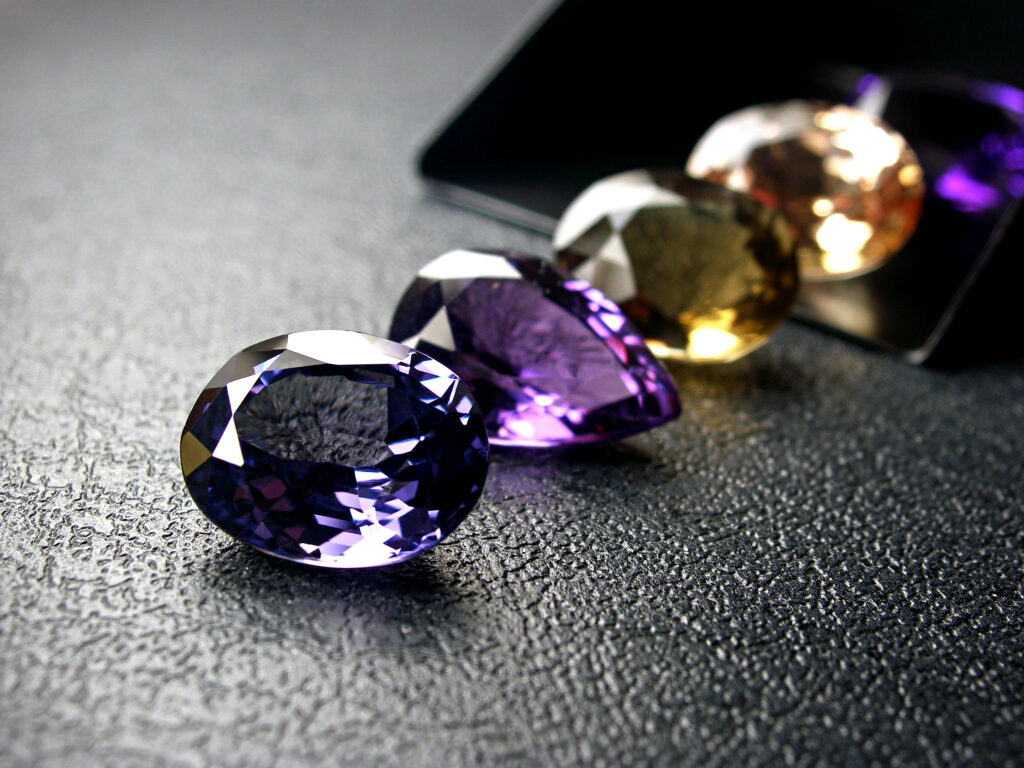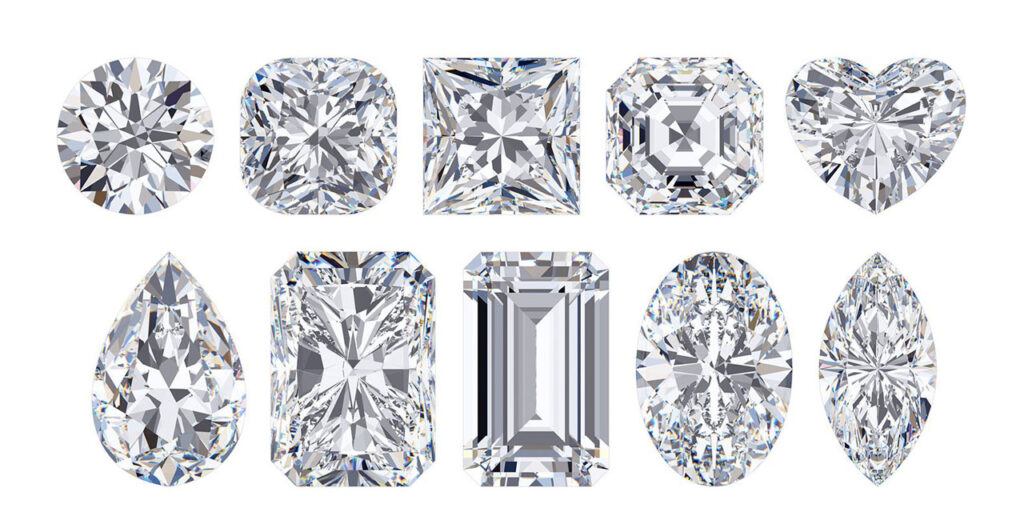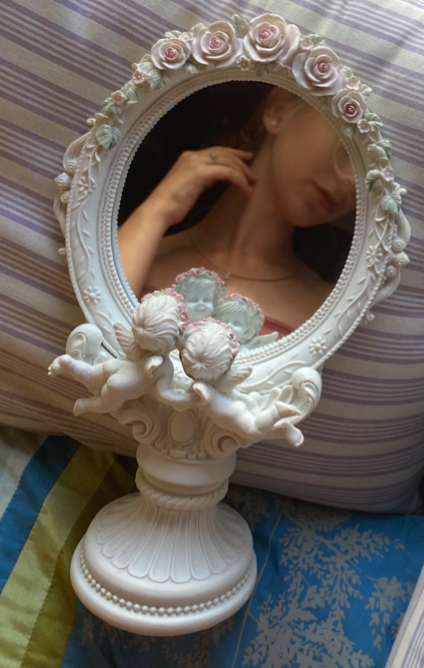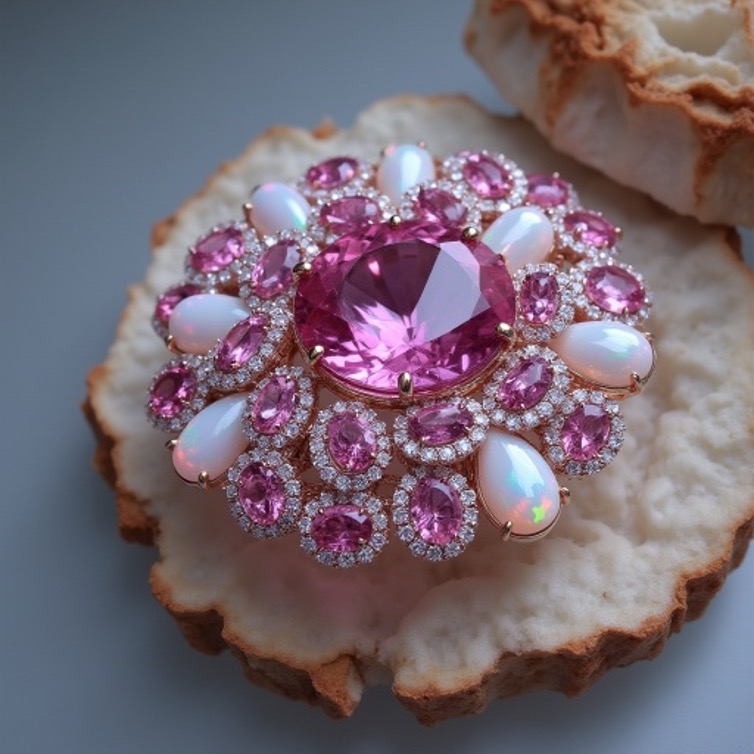
Imagine walking into the majestic tomb of a Chinese empress, only to find, among the riches accompanying her into the afterlife, a pillow entirely made of pink tourmaline. This is exactly what happened in 1911, when archaeologists discovered that Empress Dowager Tzu-Hsi of the Qing Dynasty, one of the most powerful women in China, had a true passion for this precious stone. So enamoured with pink tourmaline, the empress purchased large quantities from a mine in California in the late 1800s, making it a symbol of her opulence and power.
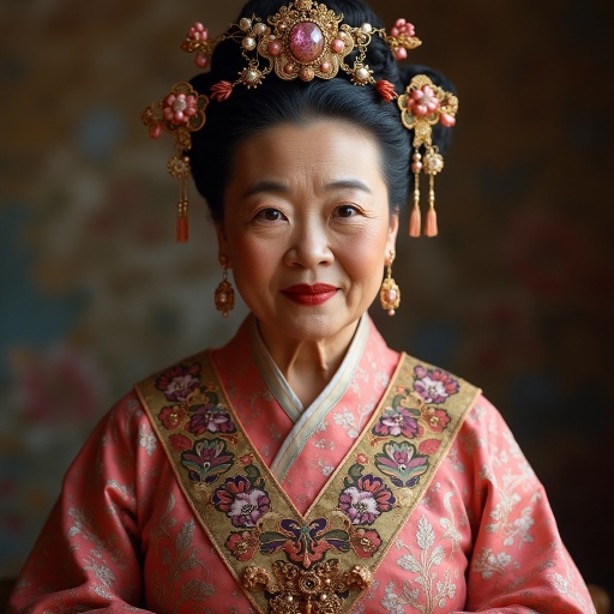
But why would such a precious stone have captivated the heart of a sovereign? And what does this have to do with those, like you, born in October?
Pink tourmaline is one of October’s birthstones, alongside the equally fascinating and mysterious opal. Behind these gems lie incredible stories, ancient symbolism, and legends that span centuries and cultures.
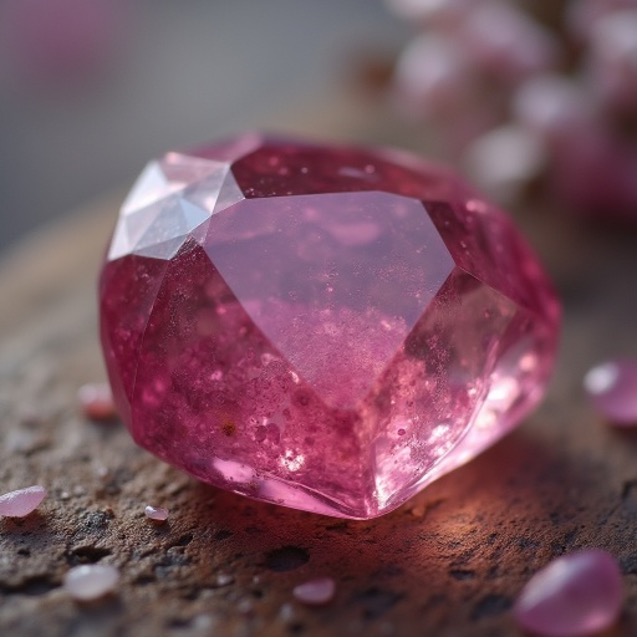
In modern jewellery, diamonds and coloured stones like tourmalines and opals often coexist in the finest pieces. Designers combine them to create striking contrasts between the clear brilliance of diamonds and the vibrant hues of other gems. But what makes these stones so special and sought after? Let’s find out.
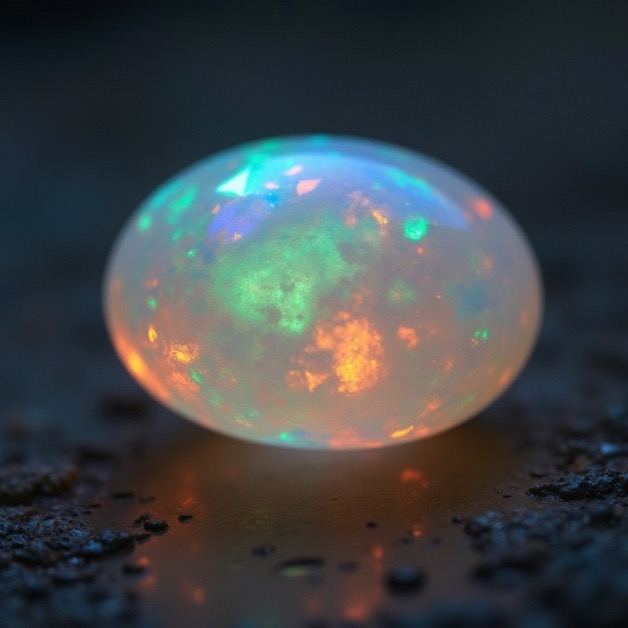
Pink Tourmaline: Beauty and Versatility
Pink tourmaline, the modern choice for October’s birthstone, is particularly prized for its vibrant and varied shades. This natural stone, part of the elbaite family, features prismatic crystals that reflect light spectacularly, enhancing its pink hues.
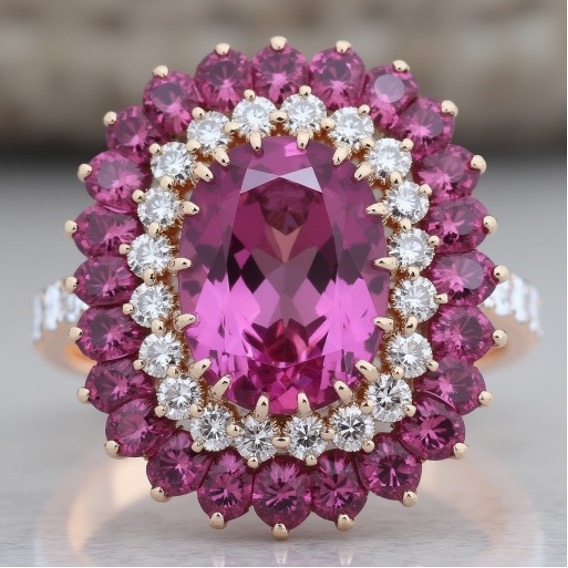
- Characteristics: Tourmaline is known for its wide range of colours, with the “watermelon tourmaline”—which combines green and pink tones—standing out as a fascinating and highly sought-after contrast in jewellery. Raspberry or violet-toned varieties are often referred to as rubellites, highly valued for their intense colour. The stone measures 7-7.5 on the Mohs scale, making it durable enough for everyday wear, though it should be handled with care to avoid damage from excessive heat.
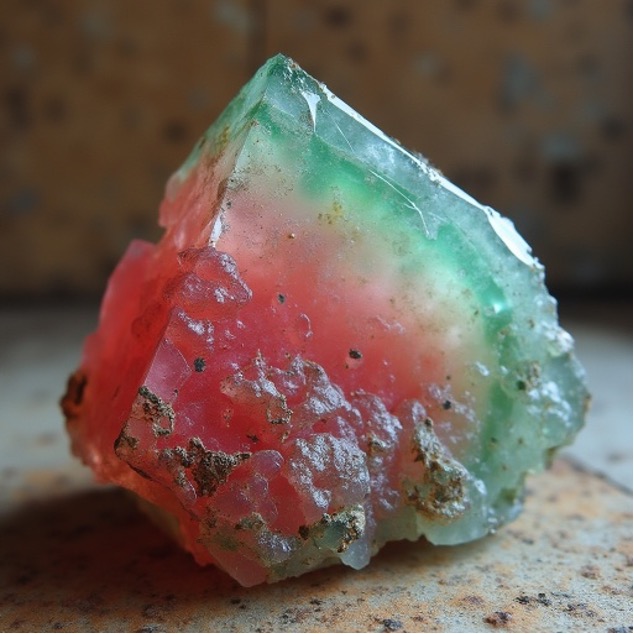
- Sources: The main deposits of pink tourmaline are found in Brazil, Nigeria, Mozambique, and other parts of West Africa. Availability varies, but it remains a highly sought-after gem for both luxury jewellery and more accessible creations.
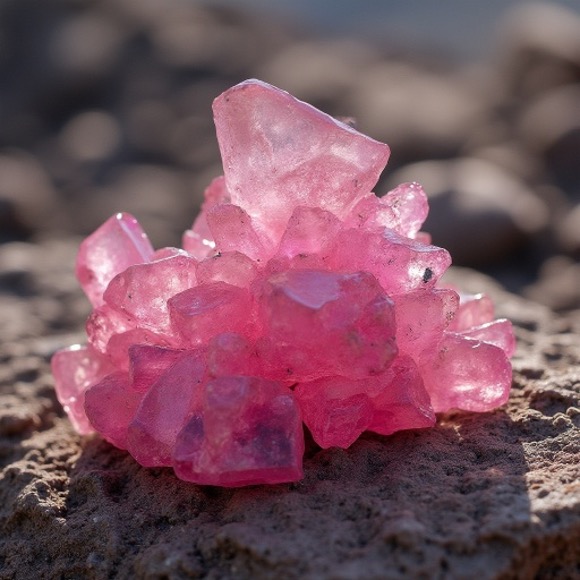
If pink tourmaline is delicate and captivating, opal, the traditional birthstone of October, is pure magic.
Opal: Nature’s Play of Colours
Opal, the traditional birthstone for October, is unique for its “play of colour” effect, a visual phenomenon where flashes of colour appear across the stone’s surface. These colours can include blues, greens, oranges, or reds, and sometimes all at once in a single stone.
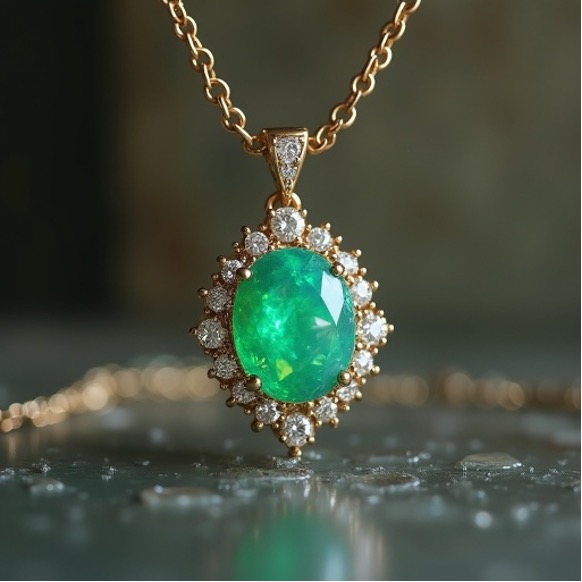
- Historical Curiosities: The origin of the name “opal” is uncertain, but it may derive from the Sanskrit word upala (“precious stone”) or the Greek opallios (“to see a change in colour”). Throughout history, opal has fascinated various cultures. The Romans, for example, called it the “Cupid Stone,” associating it with love and passion. Other cultures believed it could render its wearer invisible or even predict the future, linking it to magic and intuition.
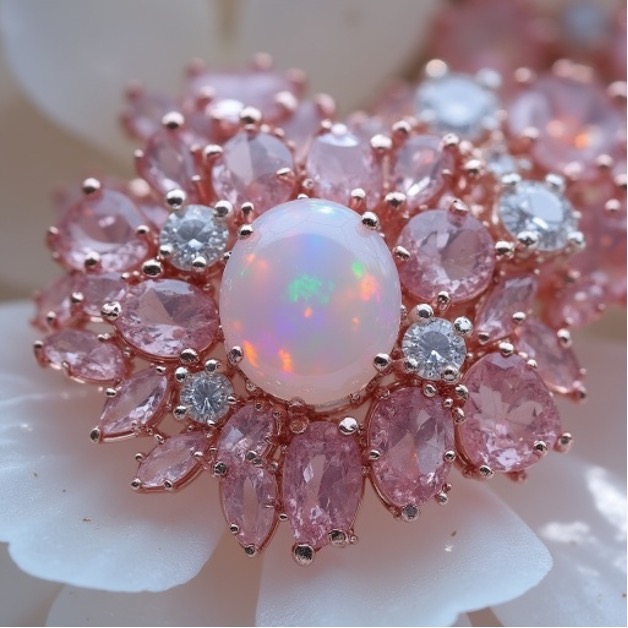
- Types of Opal: There are many varieties of opal, each with unique characteristics. Black opal is particularly prized for its dark base colour that enhances the play of colours, making the stones appear bright and spectacular. Fire opal, from Mexico, stands out for its vivid orange and red tones, while crystal and water opals are valued for their transparency and delicate flashes of colour.
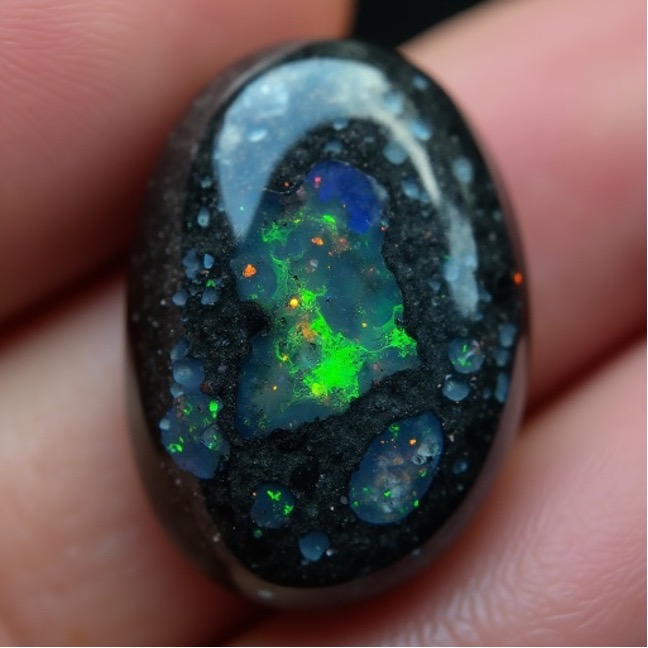
- Formation and Structure: Unlike most gemstones, opal lacks a regular crystal structure. It is composed of tiny spheres of silica, randomly stacked, which cause the play of colour when light passes through them. This effect, combined with the presence of water in opal’s structure (which can range from 3% to 20%), contributes to its fragility.
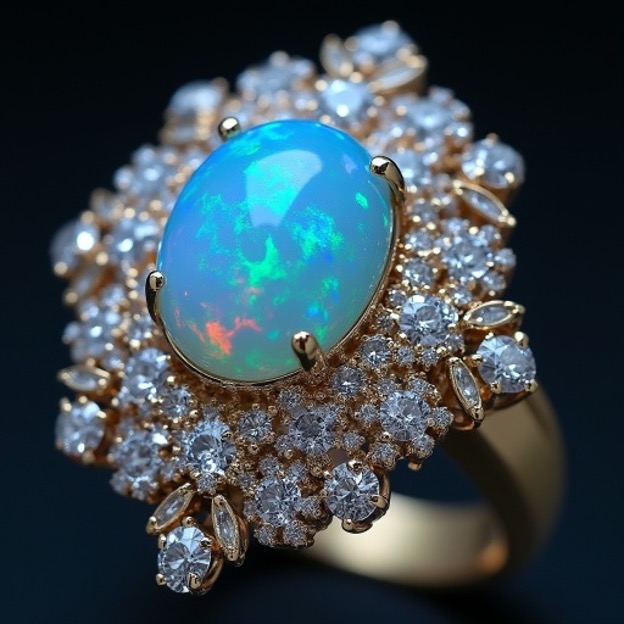
Diamonds with Opal and Tourmaline: Dream Combinations
For those seeking something truly special, combinations of opals, tourmalines, and diamonds represent elegance and refinement. Diamonds, with their eternal brilliance, further enhance the unique qualities of these gems, creating jewellery that can fascinate and enchant.

The use of pink tourmaline and opals in jewellery, enriched with diamonds, is a sophisticated choice that best represents the uniqueness of those born in October.

Meanings and Symbolism
Opal has always fascinated people not only for its appearance but also for the meanings attributed to it. In ancient Greece, opal was believed to grant the power of foresight, while the Romans associated it with hope and purity. In Arab cultures, it was thought that opals fell from the sky during thunderstorms, linking the stone to the power of lightning.
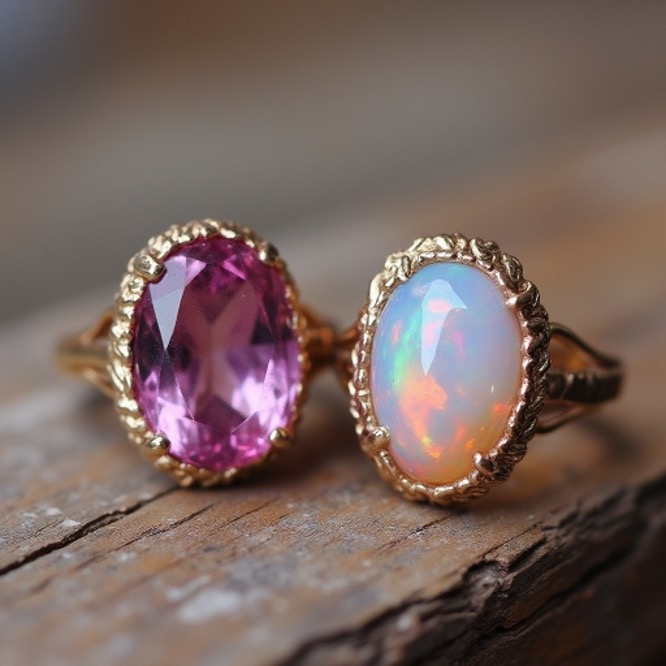
Today, opal is often seen as a gem that inspires creativity, amplifies passion, and promotes good fortune. It is also used as a protective talisman against evil. Pink tourmaline, on the other hand, is associated with love and compassion, believed to open the heart and encourage positive emotions.
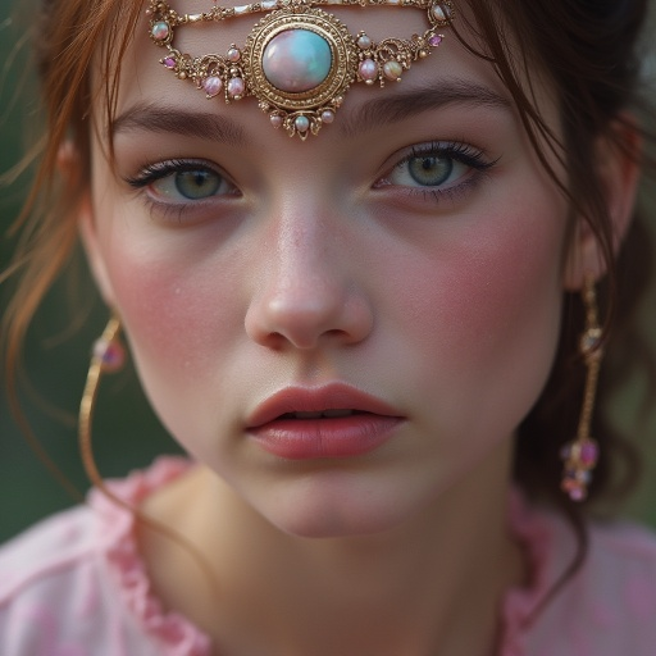
In conclusion, pink tourmaline and opal are two captivating gemstones, perfect for celebrating an October birthday or for gifting a special piece of jewellery. Each tells stories of passion, beauty, and mystery, carrying with them a rich history of meanings and symbolism. Whether it’s the romantic sweetness of tourmaline or the colourful magic of opal, choosing one of these gems means wearing not only a piece of history but also a touch of natural magic.
